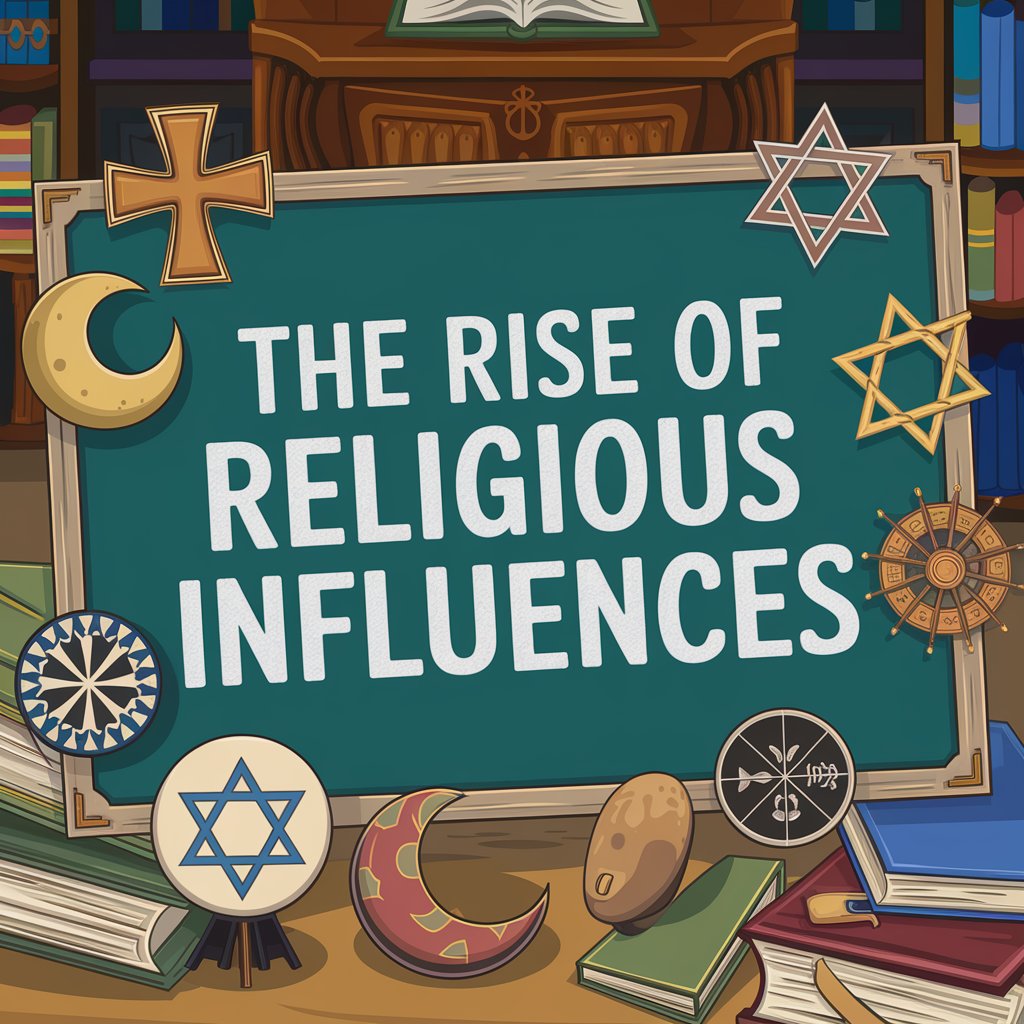Fashion is a powerful form of self-expression, a language through which individuals can convey their identity, beliefs, and values. In recent years, there has been a significant rise in the incorporation of religious influences in mainstream fashion, blurring the lines between the sacred and the secular. This blending of spirituality and style is not only changing the fashion landscape but also challenging cultural perceptions and fostering a deeper dialogue about the role of faith in everyday life. This article explores the phenomenon of “Holy Couture” and how religious influences are reshaping the fashion industry.
The Fashion Industry’s Embrace of Religious Elements
The fashion industry’s fascination with religious iconography and symbolism is not entirely new. However, its recent manifestations are more pronounced and mainstream than ever before. Leading designers and fashion houses have started to draw inspiration from religious attire, motifs, and even sacred rituals, blending these elements with contemporary fashion trends.
One of the most iconic moments that underscored this trend was the 2018 Met Gala, themed “Heavenly Bodies: Fashion and the Catholic Imagination.” This event showcased how deeply intertwined fashion and religious symbolism can be, featuring designs adorned with crosses, halos, and depictions of saints. Designers such as Dolce & Gabbana, Versace, and Jean Paul Gaultier created pieces that were both reverent and provocative, sparking conversations about the role of religion in modern society.
Beyond these high-profile events, religious influences have been increasingly visible on the runway. Designers like Demna Gvasalia of Balenciaga have incorporated elements reminiscent of clerical garments into their collections, while others have explored the aesthetic of religious modesty by creating flowing, covered silhouettes that align with Islamic and Christian notions of modest dress.
The Rise of Modest Fashion
Perhaps one of the most significant ways religious influence has permeated mainstream fashion is through the rise of the modest fashion movement. Modest fashion, characterized by garments that provide full coverage and eschew tight or revealing cuts, has gained popularity among consumers who appreciate the elegance, sophistication, and inclusivity of such styles.
The modest fashion industry, once considered niche, has grown into a global market worth billions. Brands like Uniqlo, H&M, and Nike have launched modest fashion lines, featuring long dresses, hijabs, and sportswear that cater to religious and cultural sensitivities. This trend is not limited to Muslim women; it resonates with women from various faiths and backgrounds who seek stylish yet modest options.
Social media has played a pivotal role in the modest fashion movement’s growth. Influencers who wear modest clothing have garnered substantial followings, showcasing how fashion can align with religious values while still being trendy. These influencers have become key figures in promoting modest fashion, breaking stereotypes, and creating a new narrative around beauty and self-expression.
A New Form of Self-Expression
Despite the challenges, the rise of “Holy Couture” reflects a broader societal shift towards embracing diversity, spirituality, and individuality. The fusion of religious influences in fashion allows individuals to express their beliefs in a visible and personal way. For some, wearing garments such as Christian T Shirts For Men from Christianity Shirt Store inspired by their faith is a way of maintaining a connection to their cultural heritage; for others, it is a form of rebellion against secular norms or an exploration of their spirituality.
This trend also speaks to the evolving nature of fashion itself. No longer confined to fleeting trends, fashion is becoming a platform for personal storytelling and identity formation. The incorporation of religious elements into mainstream fashion is part of a broader movement towards fashion that is not only inclusive but also reflective of the multifaceted identities of its wearers.
Conclusion
“Holy Couture” marks a significant development in the fashion industry, showcasing how religious influences are reshaping mainstream fashion. This trend is a testament to the power of fashion as a tool for cultural expression and dialogue. As the lines between the sacred and the secular continue to blur, fashion will undoubtedly remain a vibrant space where spirituality, identity, and creativity intersect.
By embracing religious influences, the fashion industry has the opportunity to create a more inclusive and respectful landscape, where people of all faiths can see themselves represented. As fashion continues to explore this sacred intersection, it opens up new possibilities for how we understand and express our relationship with the divine.






